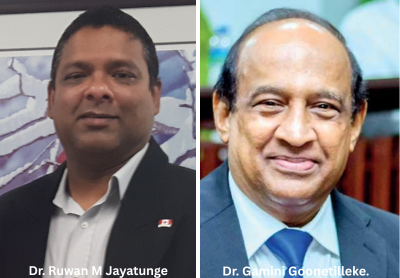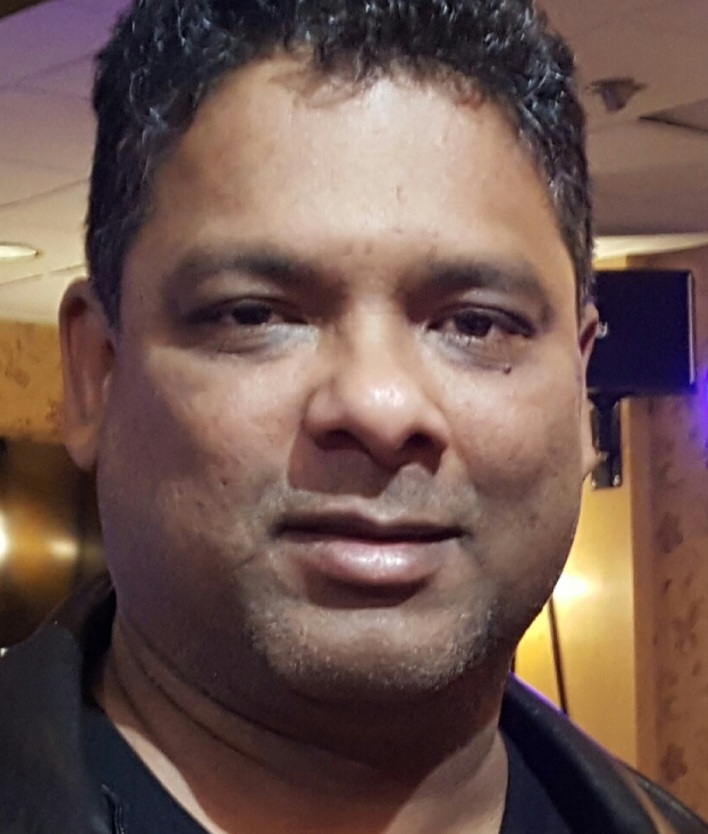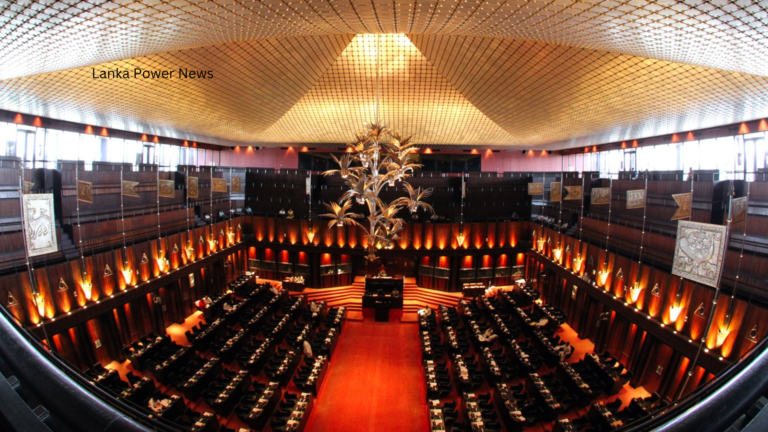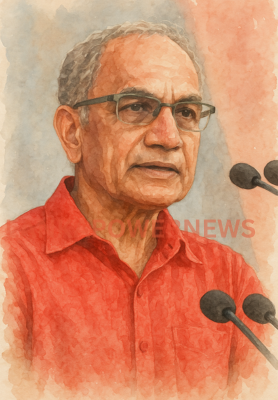Civil War Wounds in Sri Lanka..!
Dr. Gamini Goonetilleke FRCS and Dr. Ruwan M Jayatunge M.D. PhD
The three decades of Civil War in Sri Lanka left a profound impact on its victims, mainly soldiers, rebels, and civilians with numerous serious injuries. Wretchedly, many victims did not survive these injuries. Those who were wounded grappled with both physical challenges and long-term psychosocial issues, highlighting the urgent need for comprehensive healthcare services tailored to their needs. Across the island, a significant number of injured individuals face enduring disabilities that hinder their daily activities. Recognizing the depths of their physical and emotional wounds is crucial, as is understanding the broader psychosocial ramifications of their experiences. These victims must receive effective medical treatment to facilitate their recovery and prevent further health complications
The Civil War was marked by a diverse and deadly combination of weaponry employed by both the Sri Lankan military and the Liberation Tigers of Tamil Eelam (LTTE). The conflict featured an extensive range of missiles, explosives, and high-velocity arms. While the military relied on conventional weapons, the LTTE utilized both captured and locally produced arms, including improvised lethal explosive devices. Their arsenal comprised AK-47s, T-56s, M-16s, long-range artillery, rocket-propelled grenades, mortars, alongside booby traps, sea mines, landmines, and anti-personnel mines. This varied and lethal assortment of weaponry turned the battlefield into a harrowing environment.
Gunshot Injuries in Civil War.

https://globalinsightlk.wordpress.com/wp-content/uploads/2020/07/2-3.jpg
Gunshot injuries were prevalent during the Civil War in Sri Lanka, leading to complex medical challenges. The impact of a bullet can create permanent spaces in the tissue known as cavities, and the surrounding damage can significantly affect overall health (Shrestha et al., 2023). Victims of gunshot wounds often face serious complications, including direct damage to tissues, vascular issues, and bone fractures, which can lead to chronic infections such as osteomyelitis. The consequences of these injuries can be long-lasting, affecting not only physical health but also mental well-being and social interactions. Survivors frequently deal with chronic pain, neurological issues, and diminished physical and mental health.
Injuries Following Artillery Fire in Civil War.

https://bmkltsly13vb.compat.objectstorage.ap-mumbai-1.oraclecloud.com/cdn.lankadeepa.lk/assets/uploads/image_ec59231dbb.jpg
Artillery constituted one of the most devastating forces during Sri Lanka’s Civil War, resulting in numerous battlefield injuries. The explosive power of artillery fire led to various types of injuries, with many arising from the blast wave itself. This blast can inflict trauma on the lungs, ears, and gastrointestinal tract. Additionally, shrapnel from artillery can cause penetrating wounds, fractures, burns, and damage to internal organs. The long-term repercussions of these injuries can be severe and varied, often manifesting as chronic pain, infections, nerve damage, and psychological trauma.
War Injuries From Mortars Explosions.

https://alt.army.lk/gunner/sites/default/files/firing_rang_tempitiya9.jpg
During the Eelam War, mortar attacks became a prominent tactic, causing a wide array of injuries through blast effects, fragmentation, and blunt force trauma. The force of these attacks can result in anything from minor injuries to life-threatening trauma. Typical injuries include damage to internal organs due to the explosion, penetrating wounds from fragments, burns from the heat, and blunt force trauma from impacts with surrounding objects. The lasting impact of injuries from mortar explosions can be profound, influencing various aspects of a person’s life, including their physical health, mental capacity, and emotional stability. These injuries encompass conditions like traumatic brain injuries (TBIs), post-traumatic stress disorder (PTSD), chronic pain, and even the loss of limbs. The repercussions can extend beyond just health issues, affecting one’s quality of life, job prospects, and social relationships.
Injuries from Antipersonnel Mines.

Lanka C News.
Antipersonnel landmines, designed to target individuals, were prevalent throughout the Eelam War. Both conventional and improvised mines were used, often fashioned to blend seamlessly into their surroundings. Their camouflaged designs, made from various materials including wood, plastic, and metal, make them difficult to detect. These mines are triggered by pressure or tripwires, leading to catastrophic consequences. The explosive force of antipersonnel mines can result in severe injuries, especially to limbs and soft tissues, often resulting in traumatic amputations, significant soft tissue damage, and shrapnel wounds. The aftermath of these injuries can extend beyond the physical, leading to psychological issues such as PTSD, anxiety, and depression. Survivors frequently face social challenges too, including stigmatization, unemployment, and a loss of independence, all of which can strain family and community dynamics.
Treating War Injuries.
Addressing war injuries demands a comprehensive strategy that prioritizes immediate treatment, surgical care, infection prevention, and rehabilitation. The harsh realities of war lead to injuries, fatalities, disabilities, and the impairment of essential bodily functions. Initially, the focus is on emergency care and life-saving procedures, quickly followed by critical interventions that include repair work, reconstructive surgery, and physical rehabilitation. These essential services are provided by committed teams of specialists, including orthopedic, plastic and reconstructive, and maxillofacial surgeons, primarily from the National Hospital and the Military Hospital in Colombo.
Psychological Injuries from Eelam War.
The toll of war extends deeply into mental health. Physical injuries from conflict, exposure to traumatic combat experiences, forced displacement, and the mourning of lost loved ones all contribute to significant psychosocial stress. The psychological impact of war can be profound, leading to disorders such as PTSD, depression, and anxiety. These invisible wounds affected not only the veterans; civilians—especially children—often grapple with long-lasting mental health challenges that hinder their ability to lead fulfilling lives. The Eelam War in Sri Lanka left lasting psychological scars on combatants, members of the LTTE, and a large number of civilians.
Conclusion.
War-related injuries embody both physical and psychological trauma, carrying extensive ramifications for individuals and society as a whole. While physical injuries are generally visible and immediate, psychological wounds like PTSD and moral injuries may manifest in subtler, enduring ways, potentially fostering cycles of violence. Effective treatment necessitates a multi-faceted approach that incorporates trauma-informed care, mental health support, and addressing the social and economic conditions that fuel conflict.

Dr. Gamini Goonetilleke is a senior consultant surgeon in Sri Lanka with four decades of experience, having worked in many hospitals across Sri Lanka, including the combat zones during the civil war in Sri Lanka, where he gained much experience in managing battle casualties. His surgical experiences have been documented in three published books titled In The Line of Duty: The Life and Times of a Surgeon in War and Peace, The Extra Mile: A Surgeon’s Experiences, and The Healing Cut: Extraordinary Surgical Triumphs.
Dr. Ruwan M. Jayatunge, M.D., PhD, is a medical doctor and a clinical psychologist, and also a member of the American Psychological Association (APA). He is a guest lecturer at Sri Lankan and North American universities.
Reference.
Banford Witting A, Lambert J, Wickrama T, Thanigaseelan S, Merten M. (2016). War and disaster in Sri Lanka: Depression, family adjustment and health among women heading households. Int J Soc Psychiatry. 425-33. doi: 10.1177/0020764016650213. Epub 2016 Jun 9. PMID: 27282175.
Bourke J. War’s carnage: wounds and weapons. (2016). Lancet. 16;387(10028):1610-1. doi: 10.1016/S0140-6736(16)30209-4.
Geiger S, McCormick F, Chou R, Wandel AG. (2008). War wounds: lessons learned from Operation Iraqi Freedom. Plast Reconstr Surg. 122(1):146-153. doi: 10.1097/PRS.0b013e3181773d19. PMID: 18594399.
Goonetilleke,G .(2022). The Extra Mile: a surgeon’s experiences. Sri Lanka.
Jayatunge, R.M. (2015). Shell Shock To Palali Syndrome PTSD Sri Lankan Experience. Godage International Publishers.
Shrestha R, Kanchan T, Krishan K. (2023). Gunshot Wounds Forensic Pathology. In: StatPearls [Internet]. Treasure Island (FL): StatPearls Publishing; 2025 Jan–. PMID: 32310579.
Somasundaram D. (2010). Collective trauma in the Vanni- a qualitative inquiry into the mental health of the internally displaced due to the civil war in Sri Lanka. Int J Ment Health Syst. doi: 10.1186/1752-4458-4-22. PMID: 20667090; PMCID: PMC2923106.









One Comment